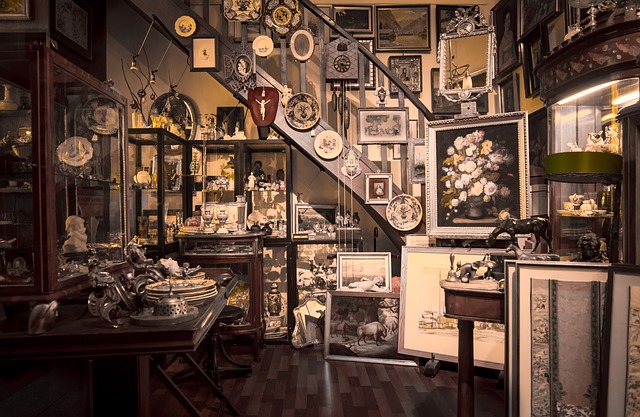An antique store point of sale system (POS system) is an essential tool for managing your business in this constantly changing market. Antique sales are, in part, cyclical, and, fortunately, fascination with history does not go away. Milestone anniversaries of events or famous birthdays often renew interest in certain objects, and looking to the past gives a hint as to what may be the next trend. You need to be ready to offer what your customers want, when they want it.
Challenges Antique Stores and Antique Malls Face
A difficulty of the antique industry, compared to other retail sectors, is that antique businesses don’t work with suppliers and manufacturers of new merchandise. To get their stock, businesses must work with antique owners. The differences in how antique stores operate compared to other merchants mean that you need a different point of sale system, one that specifically addresses the needs of antique stores and malls. Just a standard point of sale system won’t account for the unique challenges of the antique business.
- Online sellers: eBay has long been the e-giant in the antiques and collectibles industry, and outside of it, online sales of antiques are minimal. This will not necessarily always be the case. Amazon’s role in the online antique market is a trend to watch, and individual sellers find themselves some success with storefronts on sites such as Instagram. The internet-savvy in the antiques business will doubtlessly find ways to bolster their businesses with online sales in years to come.
- Oversaturation of sellers and stock: This trend continues despite traditional dealers being in decline, as new sellers learn toward the online marketplace. Even prior to the advent of digital dealing, start-up costs for hobbyist sellers were low — renting a table at a flea market, or some kind of transport to get rid of unwanted inherited goods.
- Low prices, but no one buying: Traditional sellers frowned on discounting, but times have changed, and prices overall have dropped. Despite this, the antique field has no unified voice to advocate for the affordability of antique products. Only a small amount of buyers are collectors, and they cannot be the only customers the market seeks.
How Antique Store POS Can Help
Just any point of sale system won’t have the features to address the challenges of the antique business. An antique point of sale system must be able to handle all sales in one so that customers will be able to make purchases from multiple vendors with one transaction, making it easy to purchase exactly what they want — and not discourage them from purchasing. The right antique store POS system streamlines the process both for shoppers and for you.
The POS system should also use integrated card processing for quick and secure checkouts and work with your accounting program as well. The system tracks inventory and provides real-time updates, allowing you to manage your stock and keep an up-to-date e-commerce site. Like in-store purchases, your customers won’t have to split up their payments for each vendor, and you won’t have to take extra time to do the books, either.
Moreover, antique store POS systems:
- Track commissions for each vendor booth
- Generate weekly reports
- Allow you to pay commissions
- Allow you to manage and maintain visibility into booth rentals
While your business may deal with the past, don’t let your technology be stuck there too. Find an antique store POS system that can keep up with the times. It can be the key to accurate record-keeping, good relationships with vendors, and great customer experiences. All of that helps lead to a competitive and profitable operation.
For more insights and information, subscribe to our blog!


Recent Comments